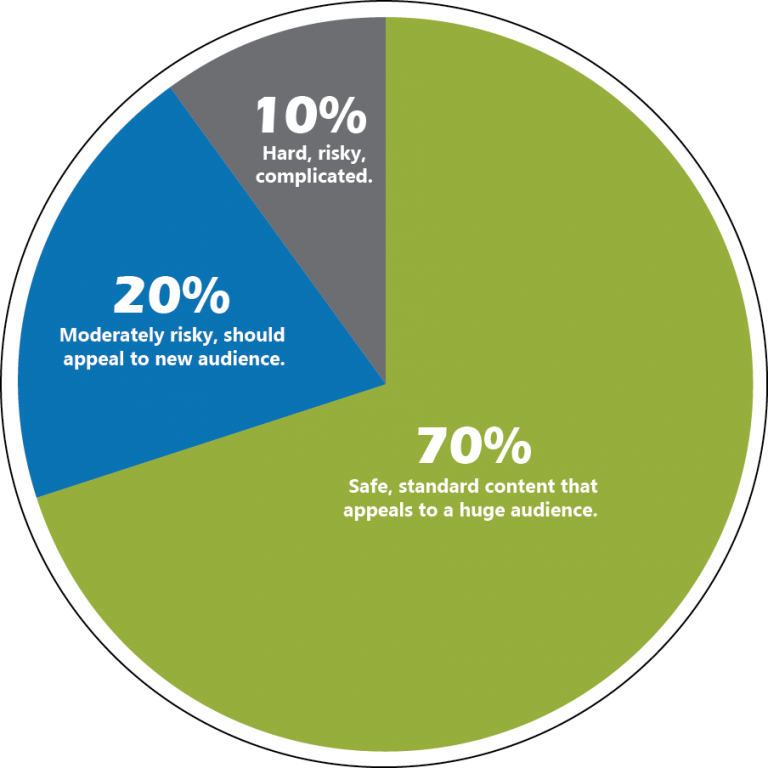BRAND MINDS: 30 top reasons to bring your team
BRAND MINDS is among the Top 5 largest business conferences in Europe providing its attendees with a unique business edutainment experience.

More than 6000 professionals from 500 companies in 80 countries attended BRAND MINDS on June 2nd and 3rd, 2023.
Bring your team to BRAND MINDS because teams who learn together will grow the company together.
30 reasons to bring your team to BRAND MINDS
You and your team will:
#1 Learn business strategy from the most respected business experts in the world;
#2 Access the opportunity to interact with +7000 business specialists from over 50 countries;
#3 Reconnect with business partners from +11 industries;
#4 Learn how to create an organizational culture where people develop exponentially;
#5 Discover the latest trends in design thinking & innovation;
#6 Discover new models of leadership & team management;
#7 Discover the latest trends in professional development;
#8 Enjoy the most memorable teambuilding yet;
#9 Connect with the latest trends in technology & artificial intelligence;
#10 Learn tactics to overcome any sales objection;
#11 Learn to build an effective digital marketing strategy for your company.
#12 Learn new techniques to develop healthy habits that will help you achieve your vision;
#13 Learn techniques to amplify autonomy & innovation in your team;
#14 Enjoy a complex learning experience, equal to reading 8 books in a day;
#15 Leave with at least 3 actionable ideas to scale up your company;
#16 Discover 8 habits that amplify creativity in a team;
#17 Learn the most effective risk management strategies;
#18 Learn to develop a high-performing sales team;
#19 Learn the latest tactics in sales strategy to close big clients;
#20 Access the opportunity to build new business partnerships;
#21 Network with decision-makers from +300 Top companies;
#22 Discover global economic trends that will help you adapt your business strategy for the future;
#23 Learn team engagement techniques through design thinking;
#24 Learn how to achieve the most ambitious career goals without facing burnout;
#25 Discover artificial intelligence tools that will help your company adapt for the future;
#26 Learn the most common mistakes leaders make that result in team demotivation;
#27 Learn the latest strategies and frameworks of customer loyalization through digital marketing;
#28 Leave with the BRAND MINDS World-Changer participation certificate;
#29 Meet authors among the most respected internationally in a live, in-person event;
#30 Access the opportunity to interact with some of the most renowned business experts of the moment.
How Coaching Your Team Makes You A Better Leader
Do you want to become a better leader? Read on to learn how coaching helped Stela Toderascu become a better leader for her team.
The Leader as a Coach
The day you become a manager, besides not having leadership training or a proper introduction to your new role, you also face a shock when you need to coordinate, inspire and develop a team of people who should completely trust you as their new leader.
It’s not a given that a brilliant specialist becomes a great leader. In the leadership position, it is more about the EQ than the IQ, and that makes a big difference.
Before you are a leader success is all about growing yourself. When you become a leader, success is all about growing others.
Jack Welch
Like many leaders, I had the opportunity to go through leadership training only several months after having been appointed department manager. You know that look in the eyes of your team when you get back from training and you start implementing the things you’ve just learnt. You can almost hear them say “ok, she went to another training and now she will try new things on us” 🙂

Leadership through coaching can be discouraging
Coaching-facilitated leadership can sometimes be discouraging. At the same time if you feel those new things can make positive changes, don’t hesitate to use what you’ve learnt.
[bctt tweet=”Stela Toderascu: Coaching brings out the best in people, saves time and drives long term results by creating a learning organization.” username=”brand_minds”]
In order to avoid awkwardness, just be sincere with your team and tell them what you are planning on doing with that info. Let them know how it will help each team member, and that you would be happy if they would be open to trying those new things, keeping the door open for any type of feedback. I really believe that being sincere is the most important thing when we talk about bringing the team on the same page.
The growth and development of people is the highest calling of leadership.
Harvey S. Firestone
A few months into my new managerial role, when I felt confident regarding my functional knowledge, the skill I was really proud of was that I could quickly find a solution for any type of problem. Also, when asking me for advice, each member of my team would get at least one solution in a very short period of time.
I was really proud of this skill until the moment I realized that what I was doing was totally wrong. Even if things moved faster and I felt empowered, it was not helping my team to think, develop and take the next step.
How coaching made me a better leader for my team
After new training, this time on how coaching can improve my leadership skills, I understood how important it was to involve team members in the solution-finding process and in reaching a final decision. It’s only in this case that they can learn, grow, feel engaged and accountable.
Of course, it was a big change for my team when instead of giving solutions I began asking them open questions. Nevertheless, progress became visible quite rapidly.
The biggest benefit for the team was the fact that they would develop new competencies all by themselves achieving autonomy and ownership in a short period of time.
Coaching brings out the best in people, saves time and drives long term results by creating a learning organization.
It was after implementing a coaching leadership style that I could easily identify my successors or the true talents that could become team leaders or get new roles in the company in a short period of time.

5 barriers to leadership through coaching
Leadership through coaching is not as easy as it sounds. I identified the following 5 barriers:
- When the relationship between manager and employee lacks trust;
- The personal style of the manager;
- When the employee doesn’t help the coaching process;
- The manager’s “ego”;
- Manager’s constant need for control.
In order to have a functional coaching relationship at work the manager should be a good active listener, should constantly give feedback, and ask open questions.
A manager with good coaching skills will always respect the differences between people and be confident in what he is doing by showing his confidence in coaching.
Another important factor of successful leadership through coaching is giving up full control and refraining from giving solutions even if they come to your mind every time an employee is telling you about an issue. In light of the above, some leaders also need coaching .
What is the recipe for coaching-facilitated leadership?
Set goals, promote discovery, perform active listening and encourage the employee to get to a minimum one solution and a plan to achieve that particular goal by asking open powerful questions.
Don’t forget to let people grow based on their own potential and don’t make them a copy of you.
Stela Toderascu
If you are curious about your leadership style you can take this 5-minute quiz.
Join the Conversation
We’d love to hear what you have to say.
Get in touch with us on Facebook Group and Twitter.
What you need to know about the 70 percent rule
According to investopedia.com, the rule of 70 is a way to estimate the number of years it takes for a certain variable to double. “To estimate the number of years for a variable to double, take the number 70 and divide it by the growth rate of the variable. This rule is commonly used with an annual compound interest rate to quickly determine how long it takes to double your money,” writes the website.

Also, the rule is very popular in the real estate world, where the 70% of ARV (after repair value) “rule” is a formula commonly referred to by real estate investors, and used as a barometer when purchasing distressed real estate for a profit. The formula will calculate the maximum you can pay for a given property once you input two key factors, namely the ARV and estimated repair costs.
But, “it is critical to realize the 70% “rule” is not a one size fits all model that can be applied universally to all situations, markets or exit strategies. As a result investors who try to uniformly apply this 70% rule will consequently get less offers accepted. If you treat it with such regard, you will miss out on deals because your offers will be less competitive. Being in tune with your market is key and allows you to make more competitive, fair offers that have a higher chance of being accepted,” says biggerpockets.com.

source: SlidesShare
At the same time, though differently, the rule is also used by CEOs while delegating their power. When instead of money we are talking about performance,productivity, engagement and life-work balance.
According to inc.com, this 70 percent performance standard allows the CEO to aggressively move tasks to team members and have them perform the tasks at an acceptable level. “One important point is that if you delegate a task fully, you shouldn’t try to coach up the receiver to get back that 30 percent difference. When it comes to effective delegation, not only does communication need to be clear, concise, and consistent, but also you need to make sure each team member has access to the same information. Trust is one of the most important factors when it comes to delegation, and it goes both ways. You need to trust that your team members will complete the work they are responsible for, and your team members need to trust that you are giving them all the information they need to do the work. You will be available to back them up when necessary, writes Jim Schleckser for inc.com.
As techtarget.com points out, , according to the 70 percent rule, employees are most productive not when they are working as hard as they can from day to day but when they work, most of the time, at a less intense pace. “In this way, when demands are increased temporarily, they have some capacity to respond, whereas the employee working full-out is incapable of producing any more. (…) Best practices for incorporating the 70 percent rule include taking vacations and mini-breaks, leaving some of the day unscheduled and learning to refuse unreasonable work demands,” concludes TechTarget.

